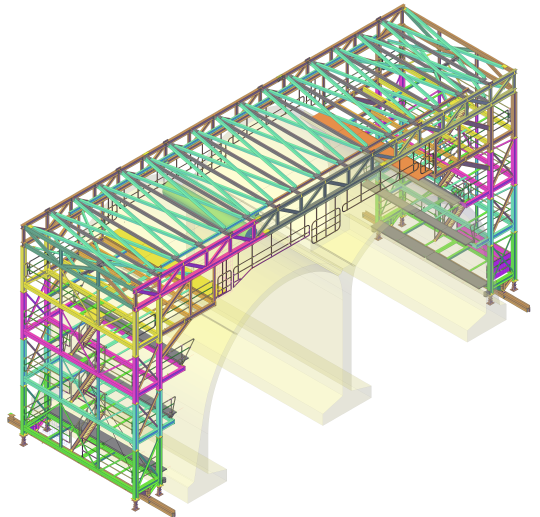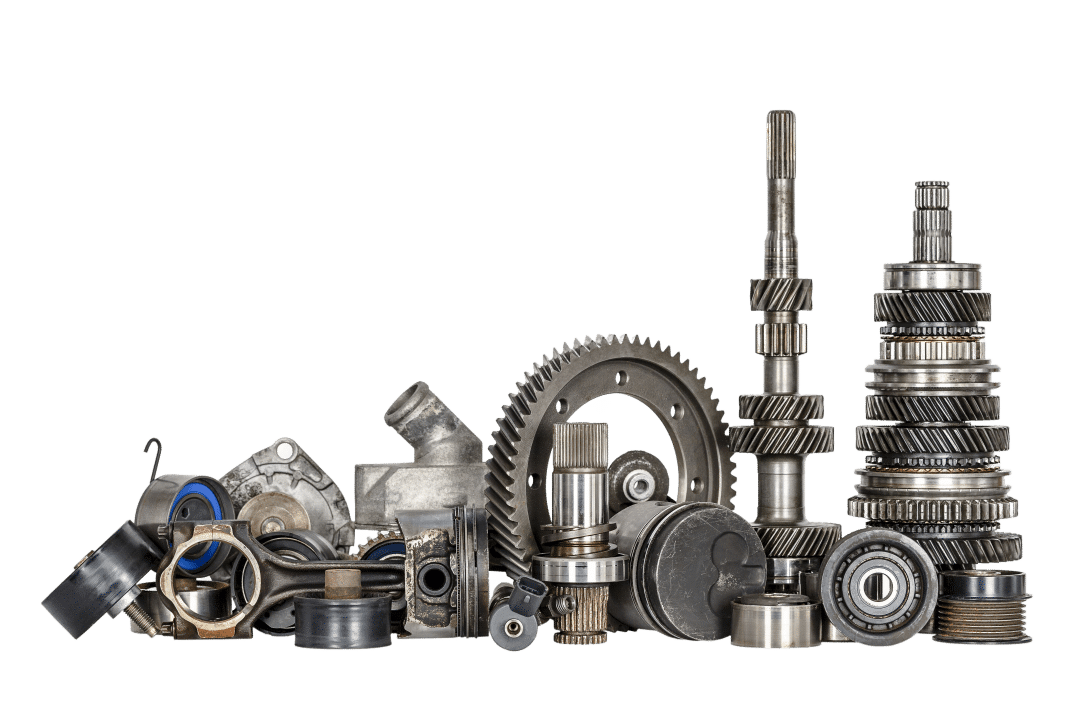Standing still is not an option for UK companies.
Fortunately, new technology is making it infinitely possible to update machinery as quickly as capital becomes available to invest. The global marketplace is making it easier to source competitively price heavy duty or robotic equipment from anywhere in the world.
Market pressures and protecting your competitive edge makes such continuous investment crucial. However, they also make it imperative that even the smallest changeovers or upgrades are completed swiftly, with minimum downtime. Long term disruption – or badly configured machinery – can be “fatal”.
Installation planning pre-purchase
If this large or technologically advanced piece of equipment comes with a high price tag, its functionality, durability and after-service support will be your primary concerns. How easily and quickly it can be placed in situ, and how it impacts on the rest of your shop floor, could be secondary considerations.
However, it is vital to consider this in detail before signing on the dotted line. Can the potential supplier match installation limits and challenges?
Next, you need to plan out the work that can be done in advance, to make sure that installation is as efficient and stress free as possible.
Gather additional information
Once the purchase is agreed, data on the installation project needs to be drilled down even further.
If the supplier can put you in touch with previous customers, for first hand insights on their experience, that’s even better. The supplier’s version of installation issues could be very different from a company with no hidden agenda!
Having access to a CAD outsourcing company can help with this planning. It is possible to use existing drawings and schematics of your new machine, and your existing production line or work space, to properly map out the best fit. (This can be done even before the purchase is agreed, to use 2D process and plant drawings or even 3D modelling to iron out potential installation problems.)
Prepare the space
It is amazing how easy it is to be tripped up by something like electrical supply to the machinery, or insufficient stability in the floor.
Talk to the supplier in detail about such things as: power(for example 460V/3Ph/60hz, 120V, 24V or some other); the pneumatic requirements; dedusting; and any communication cables needed.
The footprint needs to take account of floor thickness, but also any potential movement. Machinery based on robotics and automation often moves fast and creates vibrations. Does the space allowed for the new equipment adequately accommodate the extra forces that will emanate from it? Will you need to anchor the machinery and does the existing infrastructure allow for this?
Reverse engineering via CAD services can help with this, drilling down on existing space and machinery, as a starting point for making sure all new support has been covered.
Consider the environment
With the drop site and support systems in place, you need to consider the optimum environmental conditions for this piece of equipment. Is there likely to be too much dust or moisture in the air for its efficient use over time? Will it need to be pressure hosed regularly with chemicals, that can’t be used in proximity to other machinery installed or processes you do?
Is the lighting and sound proofing around the new machine fit for purpose? Do you need to do some predictive BIM research to play out different scenarios, to be sure that you won’t be creating a detrimental Health & Safety issue?
Make changes ahead of time
Getting any reinforced flooring, cabling and pipework done in advance of the equipment arriving can be important. It can mean the difference between having the machinery up and running in hours or weeks.
Doing prep work ahead of time can seem risky though, in terms of getting everything done right. When the machine is not there, how can you be sure the work you do accurately matches what’s required?
This is another reason CAD services are so valuable. Photorealistic renders can be produced using data on the new machinery and its potential new home. You could even have 3D models produced, to brief your construction team. That way, they know precisely what is required, and the margin of error will be greatly reduced.
Staff training and supplies
A 3D CAD model of your major installation project can also be invaluable in training staff in advance of the machinery arriving and firing up. The staff can gain confidence and acuity far more quickly, from knowing what to expect.
Plus, the team responsible for bedding it down in conjunction with the supplier, can rehearse timings and iron out any installation issues using a 3D model.
Make sure too, that working with the data you have from your supplier and your own plant and processes, you properly map out the spec for any inventory you need. Having supplies of materials and components of the right size and quality also makes installation swifter.
If you’re planning a major installation – or mapping out changes to your plant and processes in general – contact Restoric Design for insights that offer substantial advantages. Including avoiding commercially fatal errors!



